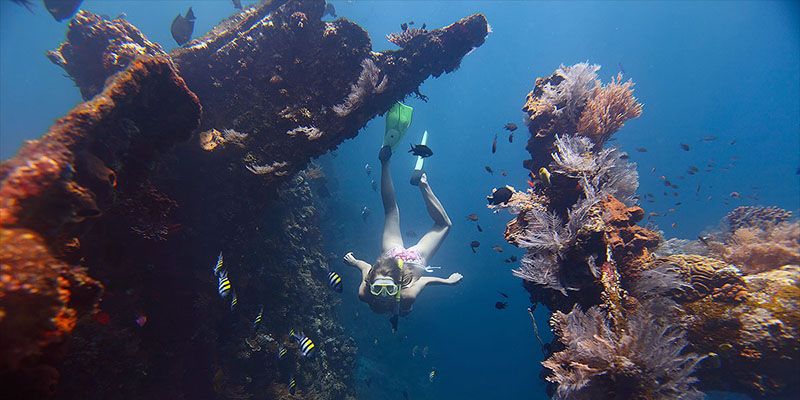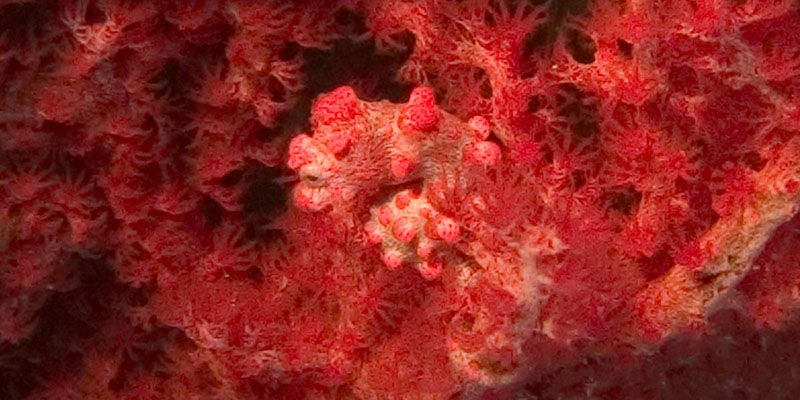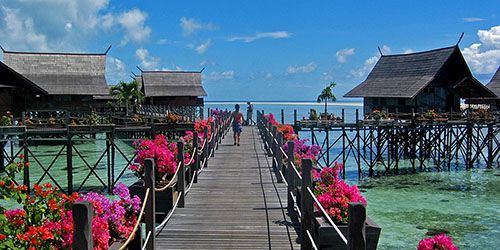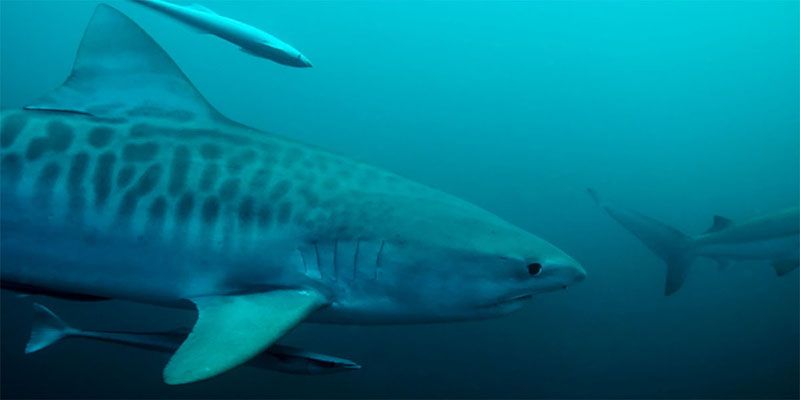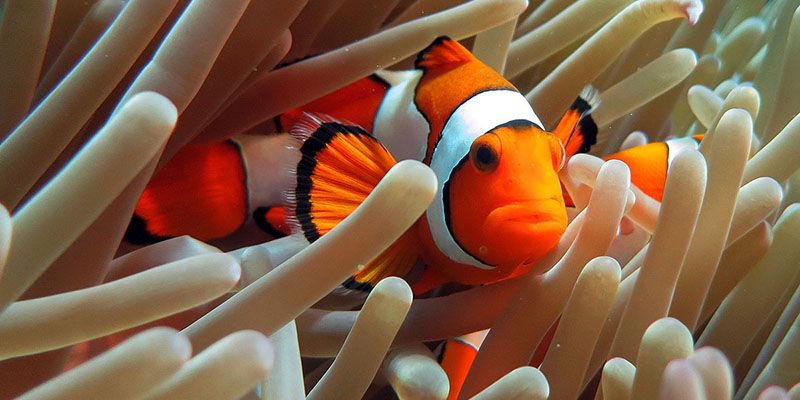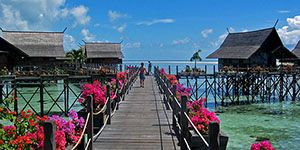The underwater world
From a very young age, I had a special interest in the underwater world, which I found very exciting at the time. It was dark, wild and, I assumed, full of dangerous life. Yet the same world attracted me very much. Mystery, adventure and a craving for the unknown. That interest was further fuelled by Jacques Yves Cousteau’s many episodes about wrecks, sharks and the wonders of nature. After obtaining my first diving certificate, the underwater world was at my feet. Firstly, our temperate waters but soon the tropical outside water that was not as dark and wild as I had imagined as a child.
I have been diving for about 31 years now. From the first moment I breathed under water and could admire the first fish up close, until today, I am full of passion and respect for this world. A passion that I share with as many people as possible, simply because the underwater world is too beautiful and special to keep for myself.
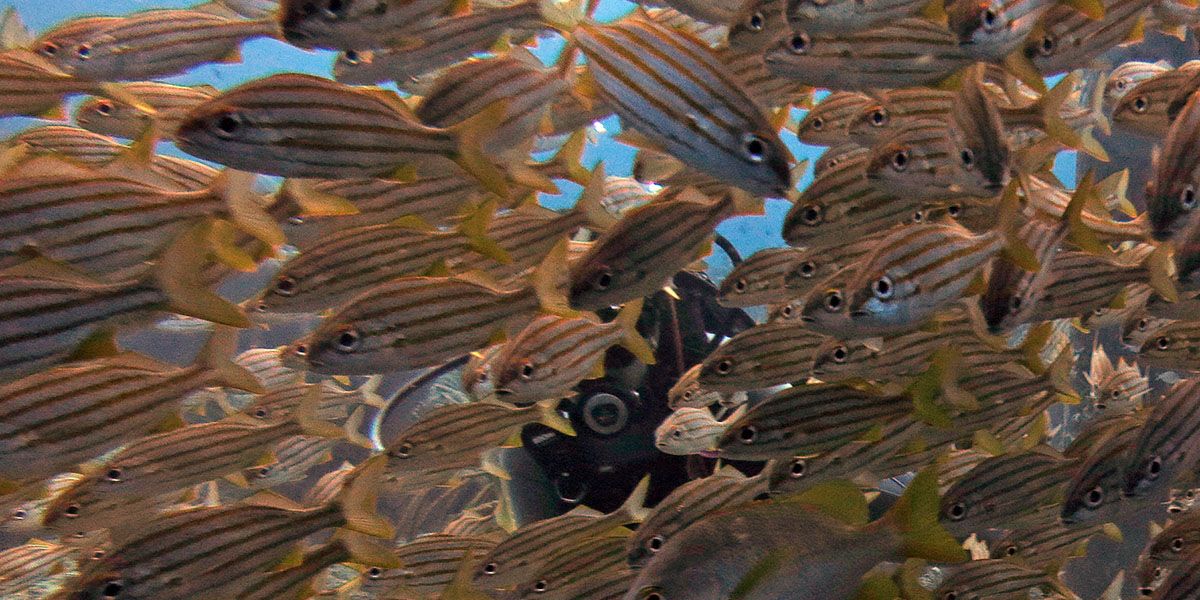
Diving has given me much more than just a hobby and even close friendships. There is a lot to see and learn but especially a lot to discover. As every diving destination is unique, an extensive bucket list was soon created. That’s why diving took me to the most exotic, faraway destinations that I would probably never have visited otherwise. It’s why I not only got to know the underwater world but also the world above water. These are both worlds that I would like to share with everyone via this blog page.
Scuba diving medical considerations for over-50s
Although diving is a recreational activity for young and old – I have met divers aged 80+ and hope to be able to dive actively myself at that age – there are some considerations for people over 50 that may not matter so much for younger divers. More information.
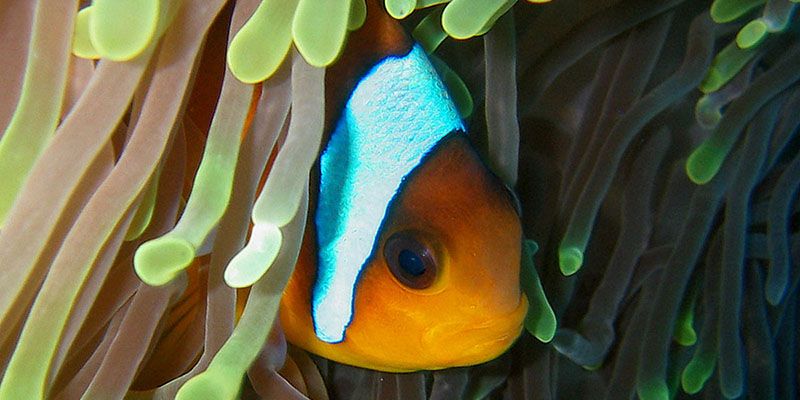
Learning to dive
In the late 50s and early 60s, diving was truly a young male sport. This only changed when organisations like PADI (Professional Association of Diving Instructors) in the late 60s and early 70s developed modular teaching programmes for recreational divers. Meanwhile, the sport of diving has become a fantastic, recreational activity for young and old. Over the past 50 years, teaching methods and diving techniques have developed so much that almost everyone (if medically able) can learn to dive safely. From teenagers and young sportspeople to active older people. Even people with a (physical) disability.
In the years that I was still active as a diving instructor in the Netherlands, I taught all categories of divers mentioned. Of course I saw differences in, for example, the pace at which young people in their early twenties learned and the people for whom this travel blog is intended, however as the beginner course is not about the rate at which someone learns but purely the fact that the student meets all the performance requirements, I almost never saw people drop out.
Learning to dive is done at a diving school that provides a course from internationally recognised diving training organisations, such as CMAS (Confédération Mondiale des Activités Subaquatiques), NAUI (National Association of Underwater Instructors), PADI (see above), S.C.U.B.A. (Self-Contained Underwater Breathing Apparatus) and SSI (Scuba Schools International). Although there are differences in the way the beginner course is taught by each of these training organisations, they all follow the worldwide guidelines. In most organisations, the beginner course is called the Open Water Diver course, where ‘Open Water’ refers to the open sea.
Once you have completed this course and obtained your certification, you may dive independently with a friend to a depth of up to 18 metres. Independent means that you just go out as a pair, without an instructor or diving leader (divemaster) with you. In unknown areas, for example at holiday destinations, most people prefer to dive with a diving leader. This is very comfortable as you don’t have to worry about navigation. In addition, the dive leader often knows the most beautiful spots and which fish species are located where.
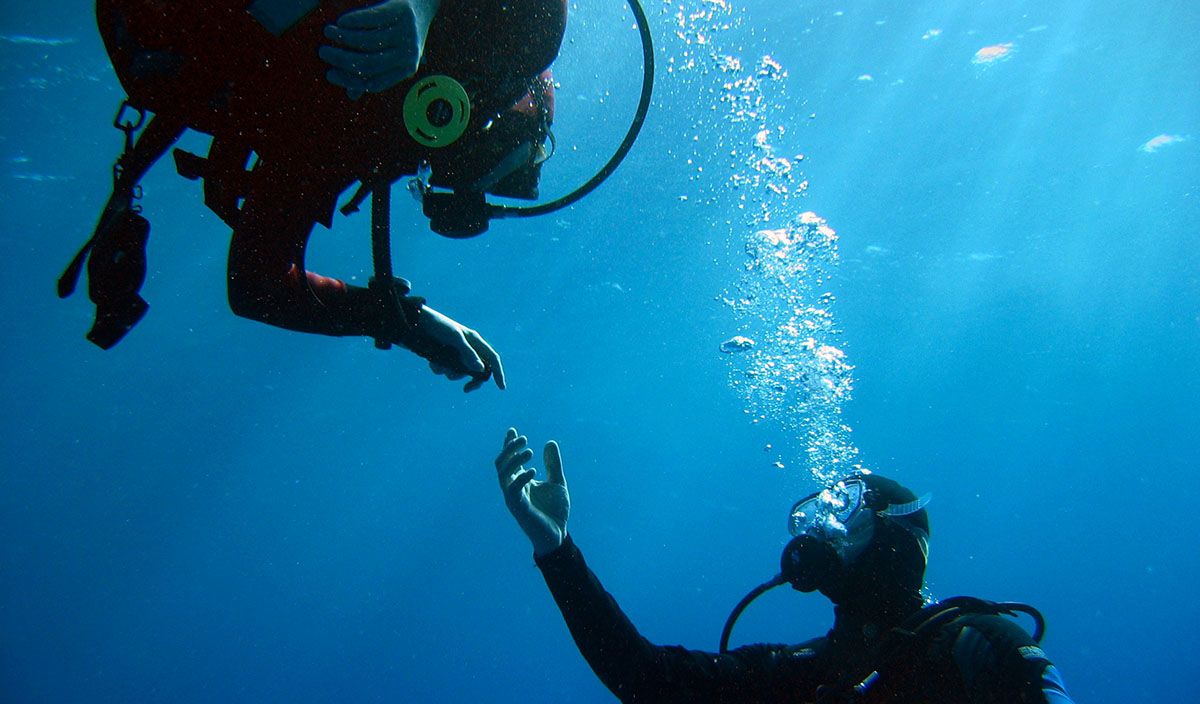
If you wish to learn to dive, you can do so in different ways and even in different countries. Since most beginner courses are standardised, you can do the theory in your own country and the swimming pool and outdoor water lessons at your holiday destination. You can also take the theory and pool lessons in your own country, then complete the course abroad. The advantage of partly taking the course in your own country and partly at your holiday destination is that you save “valuable” holiday time. By the way, you can do the theory itself in a class or completely online. If you have all the time in the world, for example because you are on sabbatical, our advice is to take the whole course in your own country or abroad.
If you want to complete the course at your holiday destination, it is necessary to choose a particular diving school in advance. How do most training organisations work? Most training organisations have a search function on their website for dive centres that are affiliated with them. At market leader PADI, for example, you can find your dive centre via this link. The SSI dive centres can be found via this link. It is recommended that, once you have found a school, you first contact them to get a feel for the atmosphere. Furthermore, the page ‘About us’ or ‘Our team’ on their website often tells you a lot.
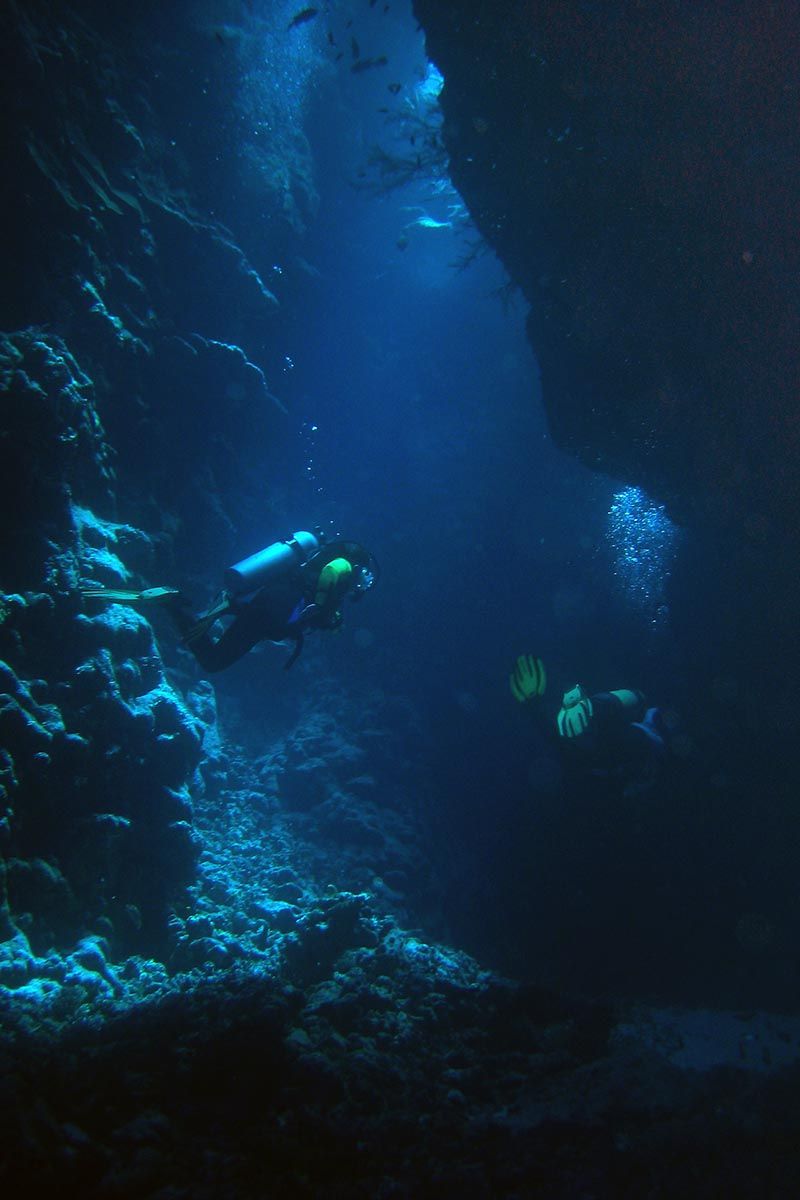
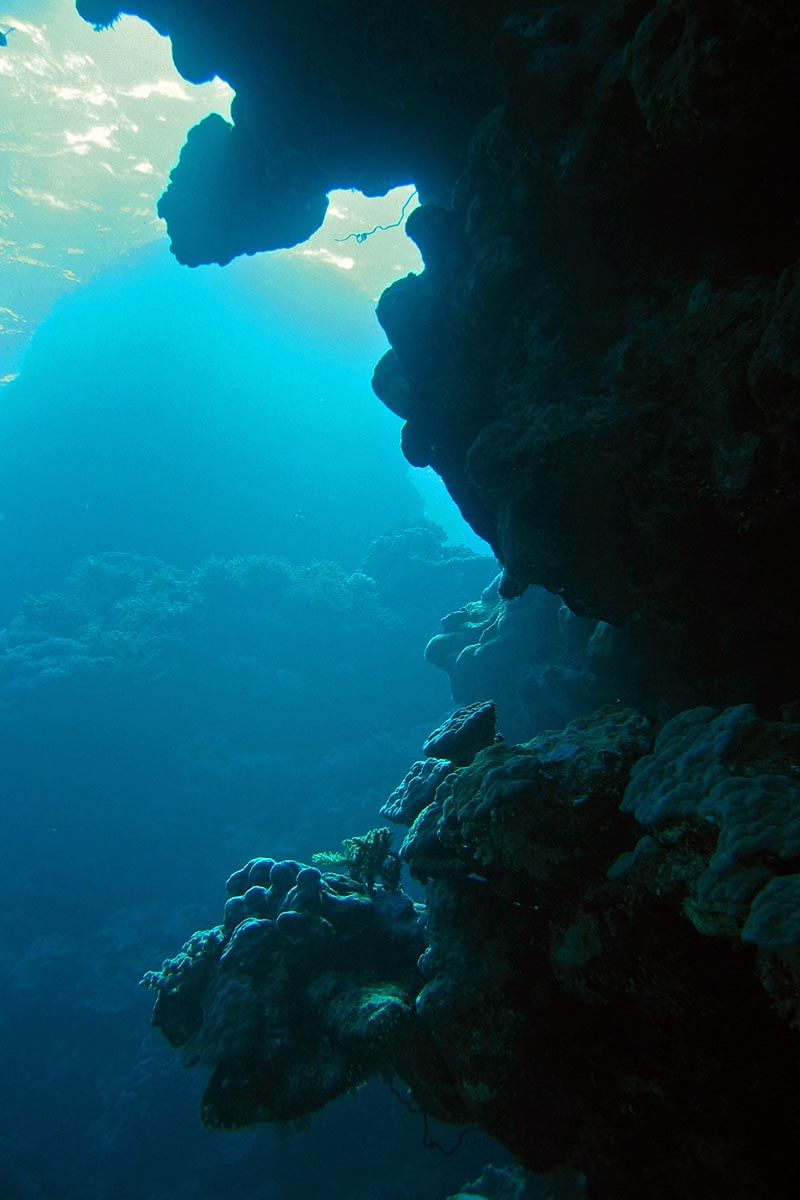
Types of scuba diving activities
As a beginner diver, you are particularly interested in yourself and in the fish you want to see. As you gain some experience, you will notice that you are just that little bit more interested in certain types of diving activities than in others, though that interest can also change over time. In the beginning I was particularly interested in wrecks. After that, it had to be big fish. Now, 25 years later, I notice that I can enjoy the smaller animals, like snails or the smallest species of seahorses.
I’m often asked what I think is the most beautiful diving site I’ve ever dived at. I can’t answer that question very well because there is a list of most beautiful or best dive sites for each type of diving activity. The most important question you should therefore ask yourself if you would like to discover the underwater world, in addition to the abovewater world at a certain location, is what kind of dives do you prefer? Is it diving with the big fish, like sharks? Or just photographing very small, very special aquatic animals? Do you like the history and often tragic mysticism surrounding wrecks? Or do you go for a relaxed dive over a coral reef and rely on the dive leader to point out special animals?
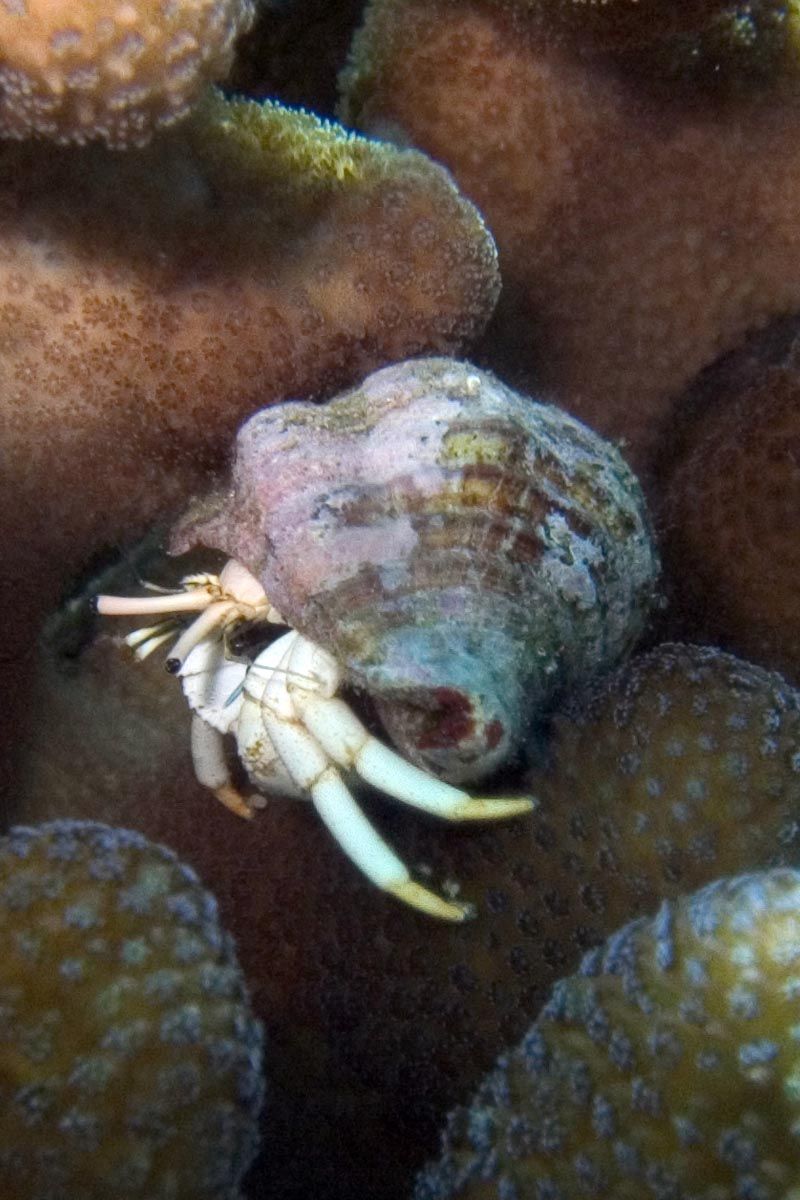
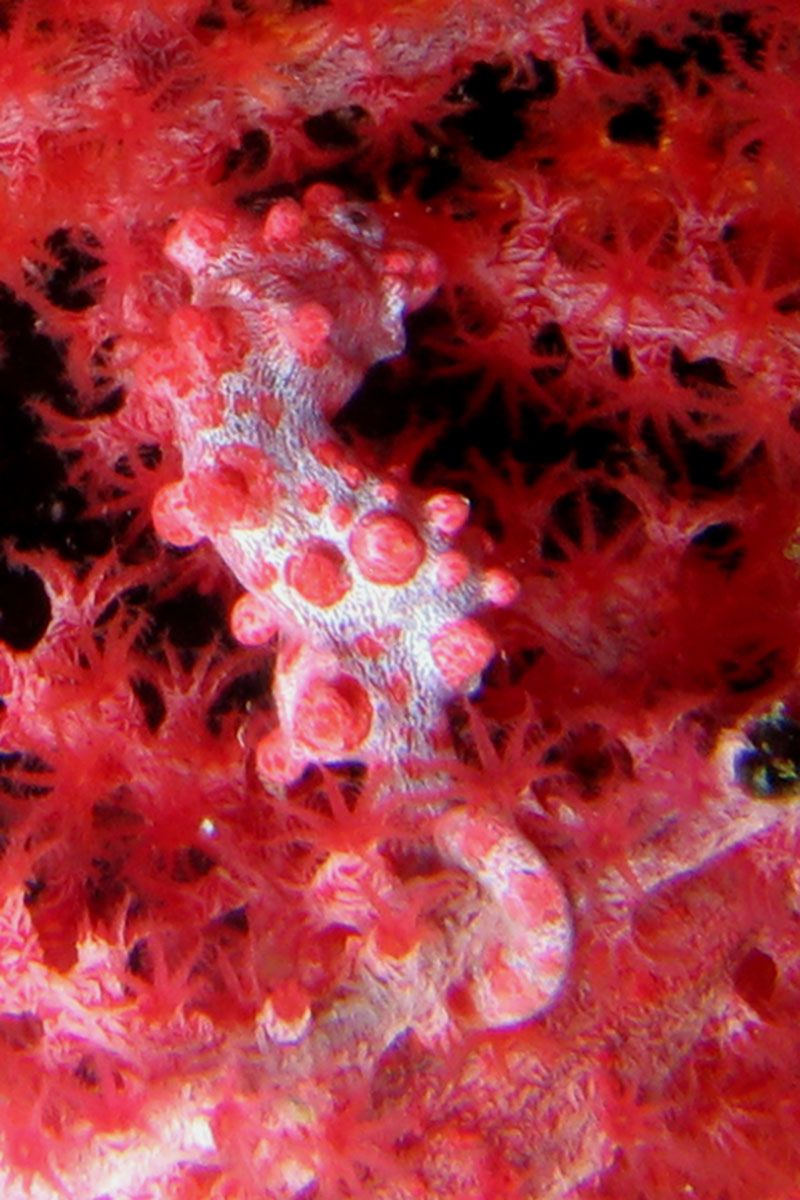
Dive sites
The world has millions of beautiful dive sites. You could expect to have to be somewhere in the tropics for the really beautiful dive sites. Surprisingly, the cooler waters in Europe or near South Africa and New Zealand also have great dive sites to offer. What’s more, it’s not just the sea you need to be near for a nice dive. Many countries have fantastic freshwater dive sites inland. Take for example the ‘cenotes’ (half-open caves) in Mexico or the flooded quarries or reservoirs in Germany. The diving opportunities that the underwater world has to offer are too numerous to give them the attention they deserve on this blog page. Instead, you will find links below to overview pages on the PADI website with general information per continent or region, country information and the best dive sites per country.
– Africa
– Asia
– Caribbean
– Central America
– Europe
– Indian Ocean
– Middle East and Egypt
– North America
– Oceania
– South America
Some concluding tips
Below are some tips for when you are diving or snorkelling at one or more of the fantastic dive sites mentioned on this website:
Current
At some locations, such as the islands of Raja Ampat, the current can sometimes be quite strong, even in places where it is not your intention to do a current dive. Although the dive guide tries to take this into account, it can happen that halfway through the dive you suddenly have a lot of current. In some cases, it may be useful to have a flow hook with you. Holding on to a non-living part of the reef (to avoid damaging vulnerable marine life) also works, but a flow hook is just that bit more practical and comfortable.
Sunscreen
Although it can rain heavily in the interior of the larger islands, even in the dry season, in most cases we got nothing but sun on the water. Great of course, but if you don’t put on sunscreen well you will be burnt alive. After the first dive, you often go to a beach on an uninhabited island because of the required surface interval between dives. On such an island you have almost no shade. So, apart from sunscreen, bring a cap and a shirt on board that you can put on as soon as you go ashore. Because we also wanted to go kayaking, we bought a special UV-resistant cap and shirt. We also used this cap and shirt during the surface intervals.
Environmentally-friendly sunscreen
The standard sun block creams used by most tourists contain chemicals that – even if you only apply a thin layer on them – destroy the fragile ecosystem of corals. The chemicals promote the spread of viruses, which in turn are responsible for, among other things, coral bleaching. Many “natural” creams have been developed to prevent these ecosystems from dying off due to the use of such creams by snorkellers and divers. In itself a very good thing, but research has shown that only those products that do not contain zinc oxide and titanium dioxide are not harmful to the environment. Most “natural” sunscreen creams still contain the substances mentioned. View reef-friendly sunscreens.
Dry bag
Most of the diving boats we used to transport us to the dive sites did not have enough dry spots on board. We used a dry bag to store our clothing and other things and keep them dry. Really ideal as we could put everything in it and it is also easy to transport and lock.
Scuba diving highlights
Of all the dive sites where we have dived and which in our opinion are the most special, we will dedicate a blog in the near future. At the moment, the number of diving highlights is limited to the ones below, but as mentioned, that number will soon be increased.

